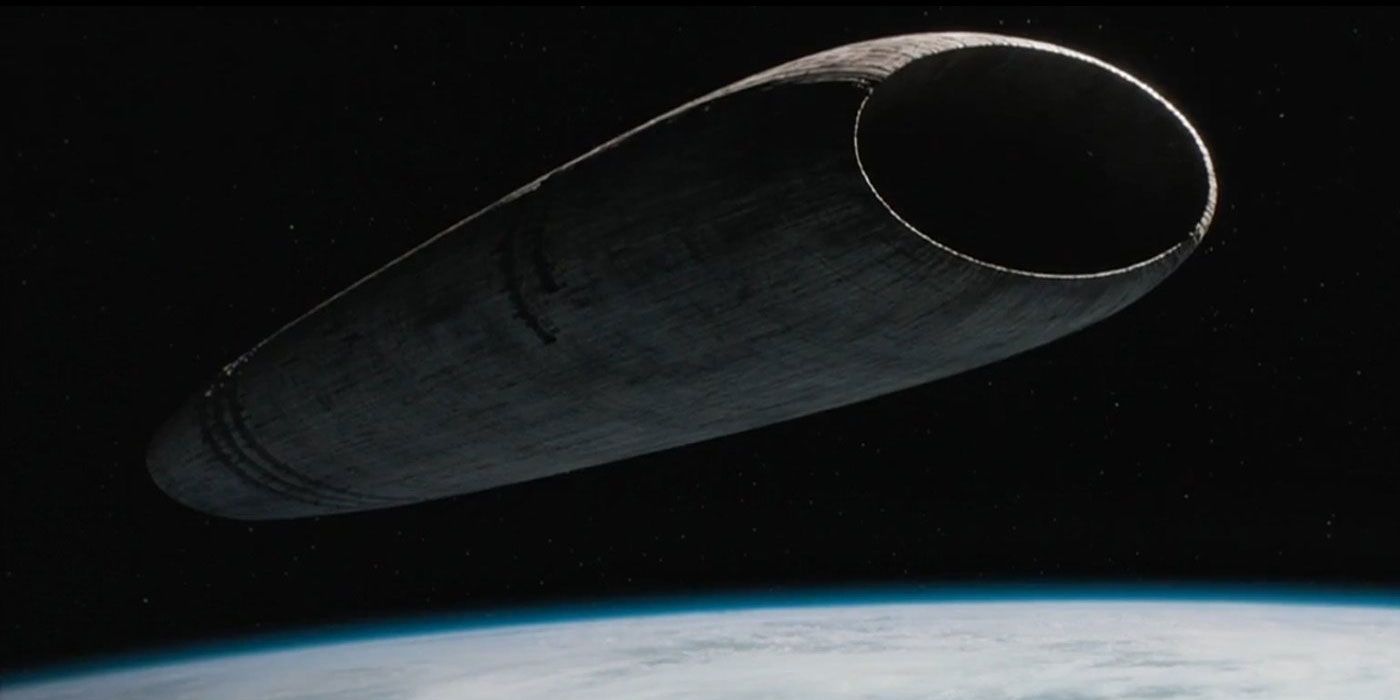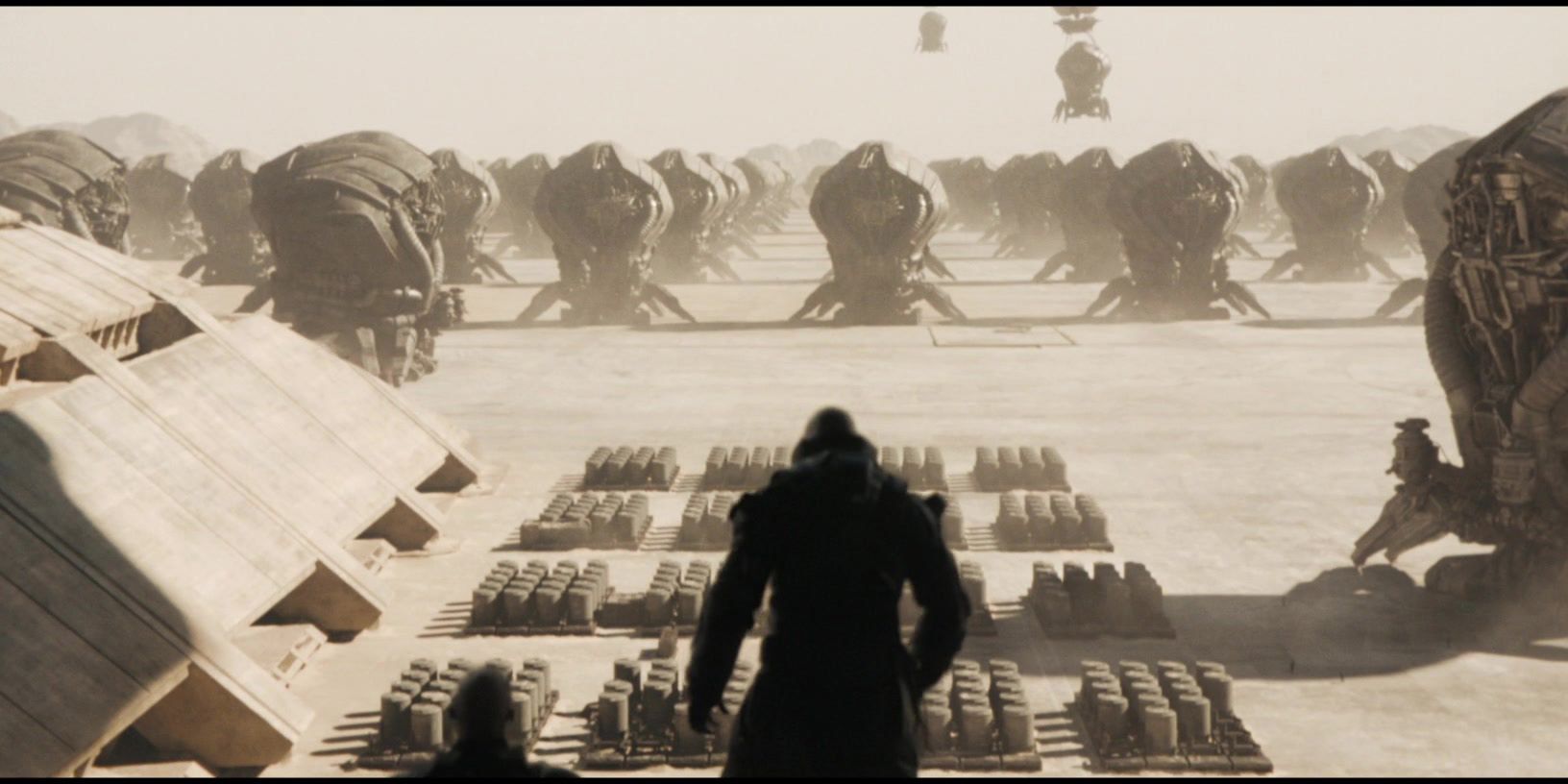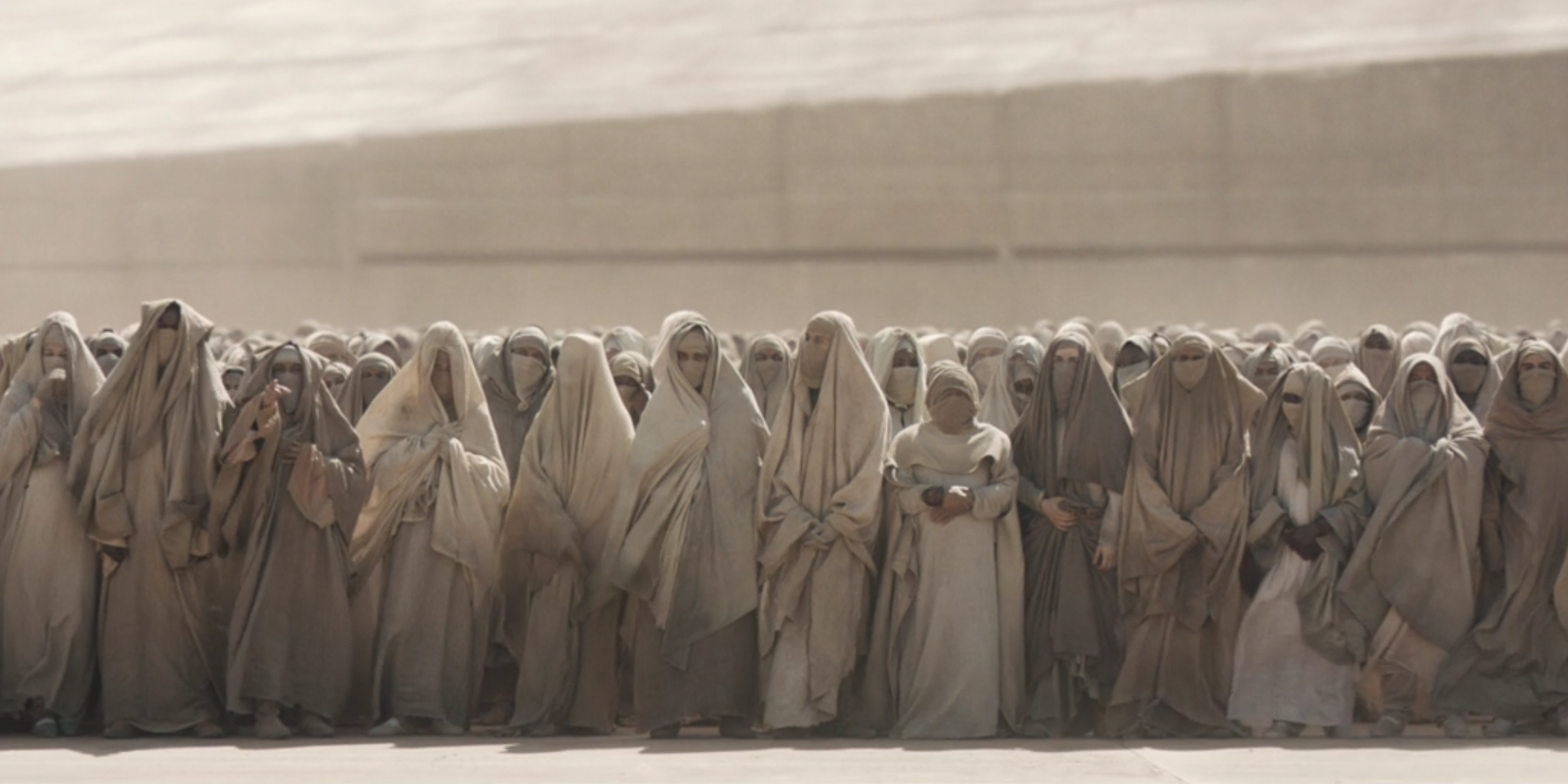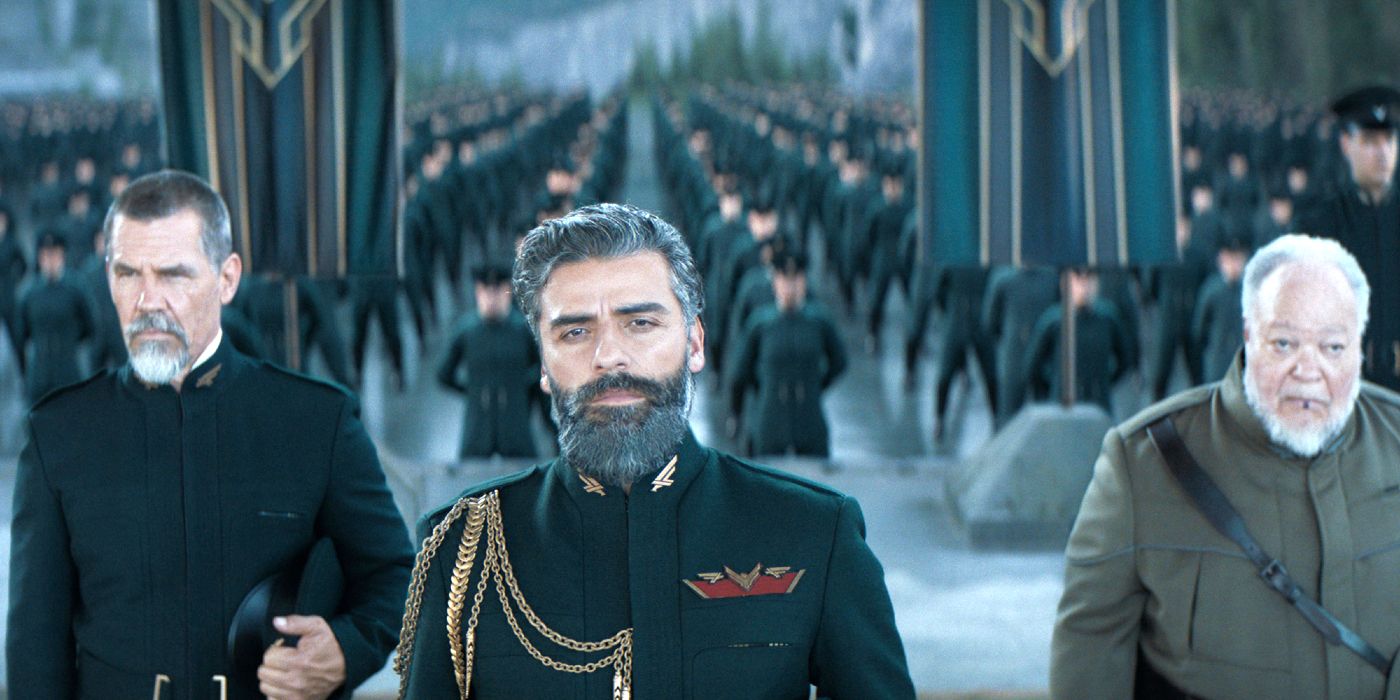Summary
- Dune sets a sci-fi story 20,000 years in the future, exploring betrayal, mythology, and the fall of noble houses.
- The timeline delves into the Old Empire, the birth of Omnius, the Butlerian Jihad, and the Battle of Corrin.
- From House Atreides' arrival on Arrakis to the reign of Shaddam IV, Dune's intricate universe unfolds.
The Dune timeline sets the sci-fi story 20,000 years further into human existence with Dune: Part Two furthering that timeline while giving new context to the history of this universe. Denis Villeneuve's 2021 Dune adapted the first half of Frank Herbert's first novel in the series, centering around the noble House Atreides and their journey to the planet Arrakis. The movie is set in the year 10191, making it a sci-fi story set further into the distant future than most movies in the genre. However, there is a lot to explore in the years before that add to the Dune timeline.
Dune is the story of Paul Atreides and the fall of his house after they are betrayed by the Emperor working along with the villainous House Harkonenn. It also deals with his connection to the Fremen people of Arakis as he becomes seen as a mythical figure who will lead them to victory. All aspects of this story are informed by the history of the universe and the past events that have set this story in motion. With Dune: Part Two as the next chapter of the saga, the Dune timeline is worth becoming familiar with.
Dune is available to stream on Netflix and Max.
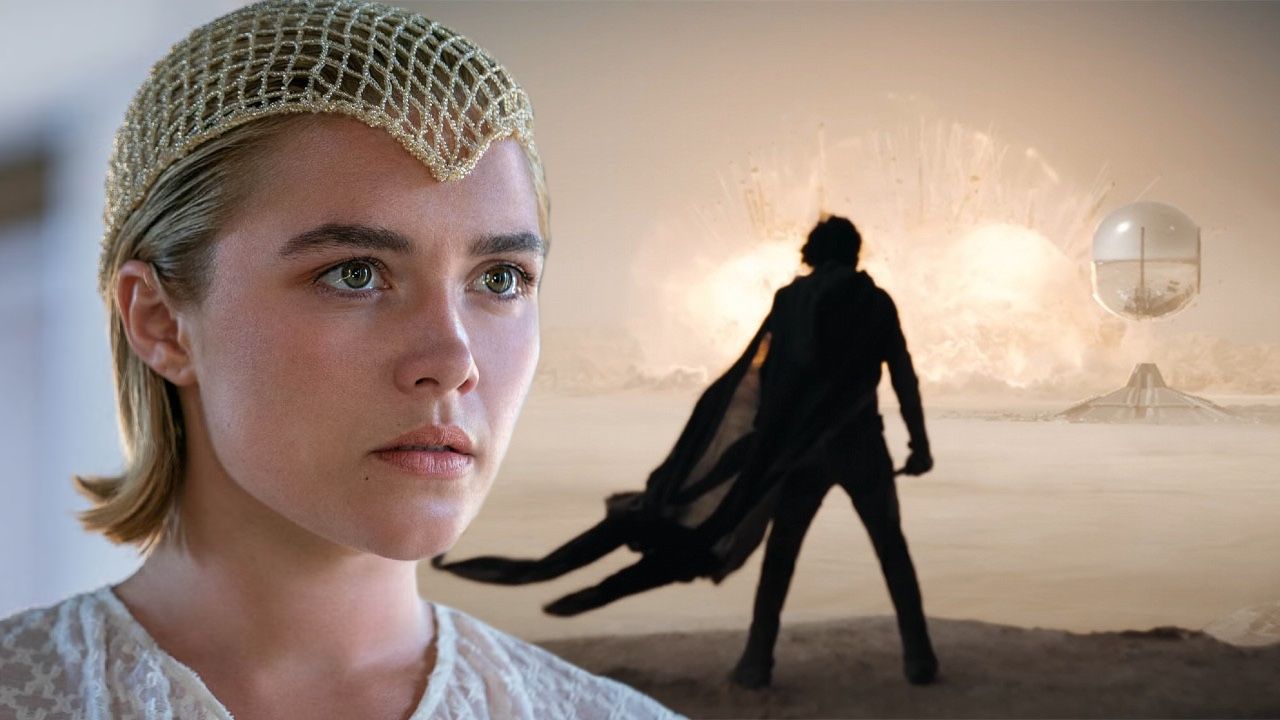
Dune: Part Three - Confirmation & Everything We Know
After the explosive ending of Dune 2, Dune 3 could cap off Denis Villeneuve’s Dune trilogy by focusing on the events of the novel Dune: Messiah.The Old Empire
Present Day-1287 B.G (Before Guild)
In the lore of the Dune books, details about the Old Empire are scarce, though it is inferred that it heralded from existing human civilization on Earth. What is made clear is that, at some point, human beings developed the technology to travel faster than light, enabling them to explore distant planets. A faster form of time travel that made it almost instantaneous would be discovered later in the Dune timeline with the discovery of the powerful "spice".
Although the empire was corrupt and broken by the time of its fall, it was during this age that Arrakis (and, ultimately, spice itself) was discovered. Eventually, in the year 1287 B.G, a genetically altered human known as Tlaloc led a group of 20 people known as Titans to overthrow the Empire and bring about a new age.
The Birth of Omnius
1182 B.G.
Although Dune is hugely influential in the science fiction genre, one of the things that sets it apart is the role of technology. Despite the story's setting 20,000 years into the future, computers, in particular, are notably absent. The reasons behind this lie in the story's distant past.
Over 1,000 years before the creation of the Space Guild, society was torn asunder by a conflict with artificial intelligence, beginning with the birth of the machine Omnius. Humanity's previous rulers, the Titans, became the computer's servants after Omnius successfully conquered multiple planets. Despite taking place over 10,000 years before Dune, this war with technology had a profound effect on the society seen in the film.
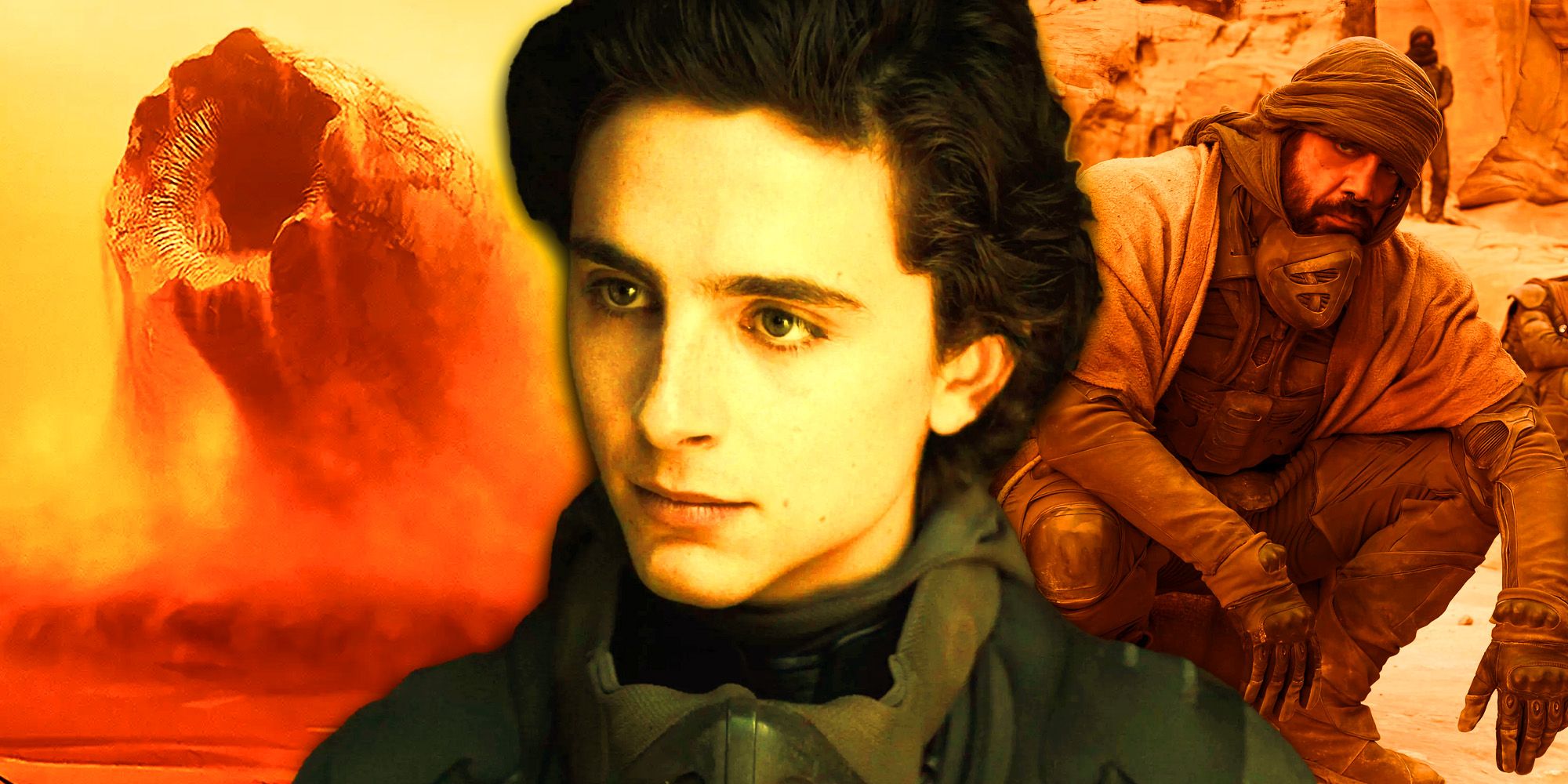
Dune Story & World Explained: Characters, Spice & Sandworms
The world of Frank Herbert's novel Dune is vastly complicated despite the success of Denis Villeneuve's movie. Let's break down this complex story.The Butlerian Jihad
200-108 B.G
Humanity's conflict with artificial intelligence continued for nearly 1,000 years until the advent of the so-called Butlerian Jihad – or, Great Conflict. Over two generations of war, the preeminence of machine-logic was ultimately overthrown and replaced by a central tenet of humanity, that "Man may not be replaced".
This thinking is evident throughout Dune, notably when the Reverend Mother Gaius Mohiam tests Paul Atreides' humanity with the poisonous Gom Jabbar before his journey to Arrakis. It also explains why the world of Dune replaces technology with human replacements wherever possible – for instance, with humans trained to process and think like computers — known as mentats — standing in place of artificial intelligence.
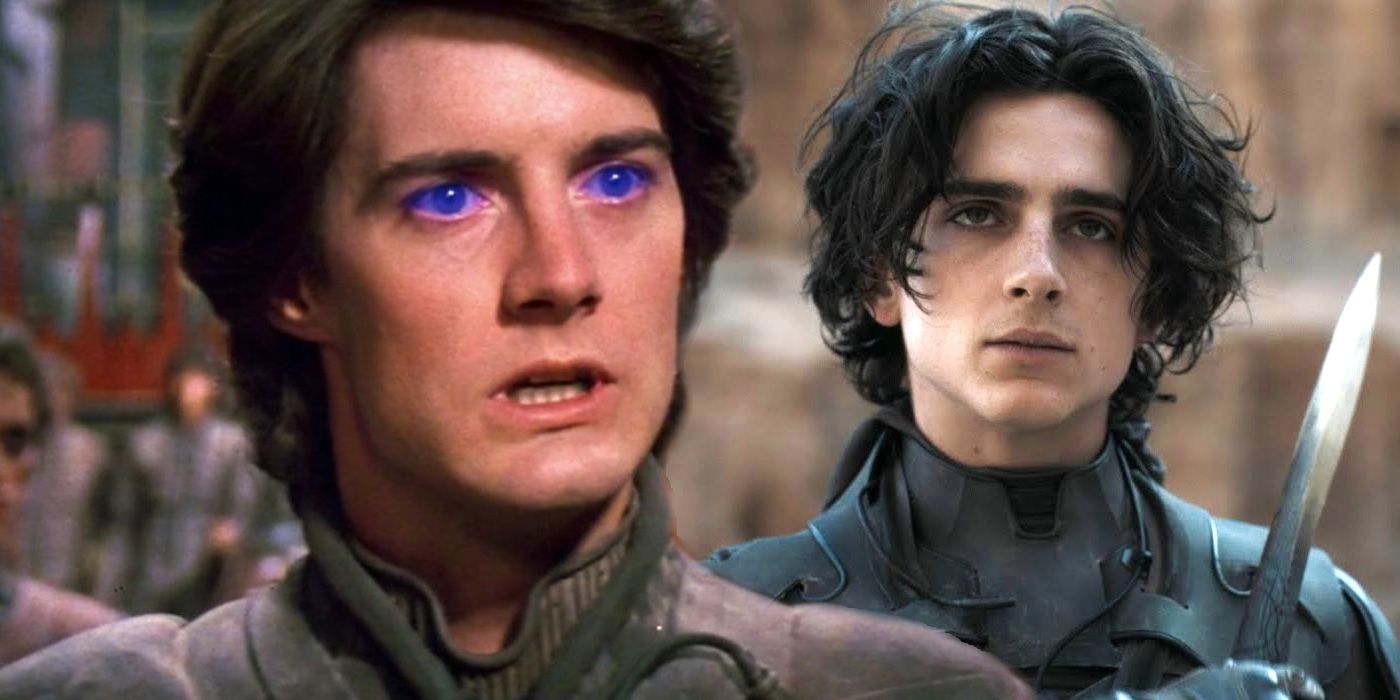
Dune: 12 Biggest Differences Between The 2021 & 1984 Versions
Denis Villeneuve and David Lynch are known for their styles of directing, so there are big differences between the 2021 and 1984 versions of Dune.The Battle of Corrin
88 B.G.
Although the Butlerian Jihad represents the ascension of man over machine, the conflict did not truly end until the destruction of the machine intelligence known as Omnius at the Battle of Corrin. However, while the confirmation of man's supremacy is significant in understanding the context of Dune, the year 88 B.G is perhaps most significant for the foundation of the Bene Gesserit religious cult.
A network of women spread throughout the known universe, the order's primary purpose is to guide humanity to pursue a path of stability and attain greater insight. The group also believes that, by selective breeding, they can bring about the birth of the fabled Kwisatz Haderach — a chosen one capable of unlocking genetic memory. The Bene Gesserit themselves are capable of exerting mind control and are often accused of witchcraft – making them a hugely significant part of the Dune mythos.
The New Age
1 A.G (After Guild)
The first year after the foundation of the Space Guild is significant for the Dune saga for several reasons. Not only does it establish the political environment of the series — with the foundation of the imperial Golden Lion Throne and the formation of the Great Houses of the Landsraad (including both the Harkonnens and the Atreides) — but it also represents the moment when the planet Arrakis takes center stage.
As the only known source of spice in the universe (which is essential for space travel), control of the planet becomes paramount. This sets up the events of Dune as both House Atreides and House Harkonnen come into conflict over the most important substance known to man. It is worth noting that, in the world of Dune, the Space Guild is the only group entrusted with the responsibility for interstellar travel. Existing entirely separately from imperial rule, the Guild represents a hugely significant independent body and is the locus for substantial political unrest.
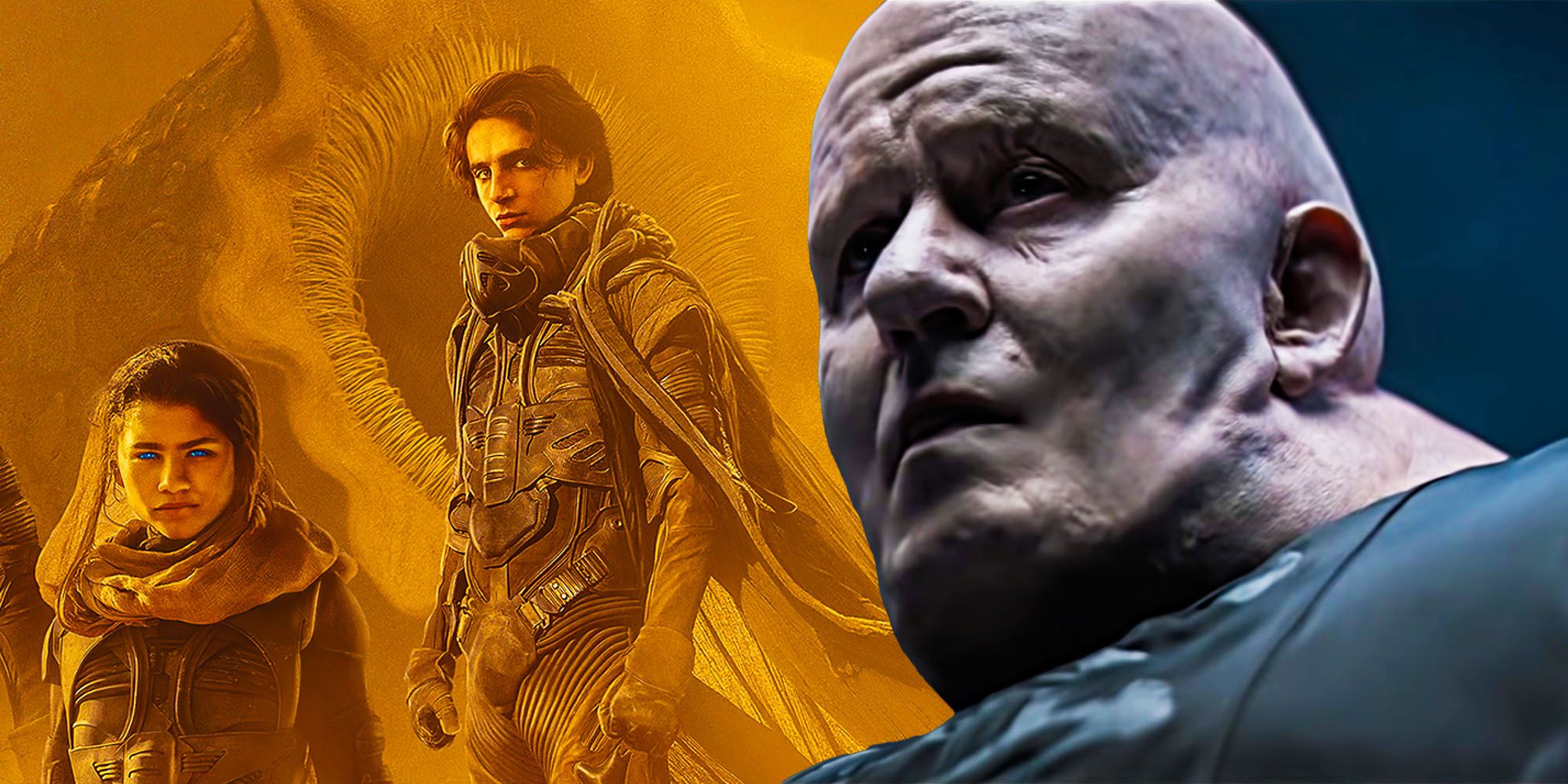
Dune: How Powerful Baron Harkonnen Really Is
Dune's Baron Harkonnen seems to be incredibly powerful. Though he is human, the power and influence he holds makes him formidable and dangerous.Reign of Shaddam IV
10156 A.G.
The 10,000 years between Shaddam IV's coronation and the foundation of the Space Guild are filled with significant incidents, especially around the ongoing Atreides and Harkonnen feud. However, the imperium is mostly defined by relative peace and prosperity — especially compared to the bloodshed endured during the Butlerian Jihad. However, it is during the reign of Padishah Emperor Shadam IV that the dramatic events of Dune eventually take place — marking this as an epochal era.
Shaddam IV himself proved to be a controversial ruler, instigating the Great Spice War against the other Great Houses after his work on creating a synthetic substitute for the spice and using his elite Sardaukar fighting force to nearly destroy Arrakis. This strategy proved to be a mistake, weakening his position and ultimately leading him into conflict with House Atreides. Although Shaddam was initially successful in disposing of Duke Leto, his actions brought about the Arrakeen revolt and, ultimately, the fall of the Imperial House.
Though not featured in the first movie, Emperor Sadam IV appears in Dune 2, played by Christopher Walken.
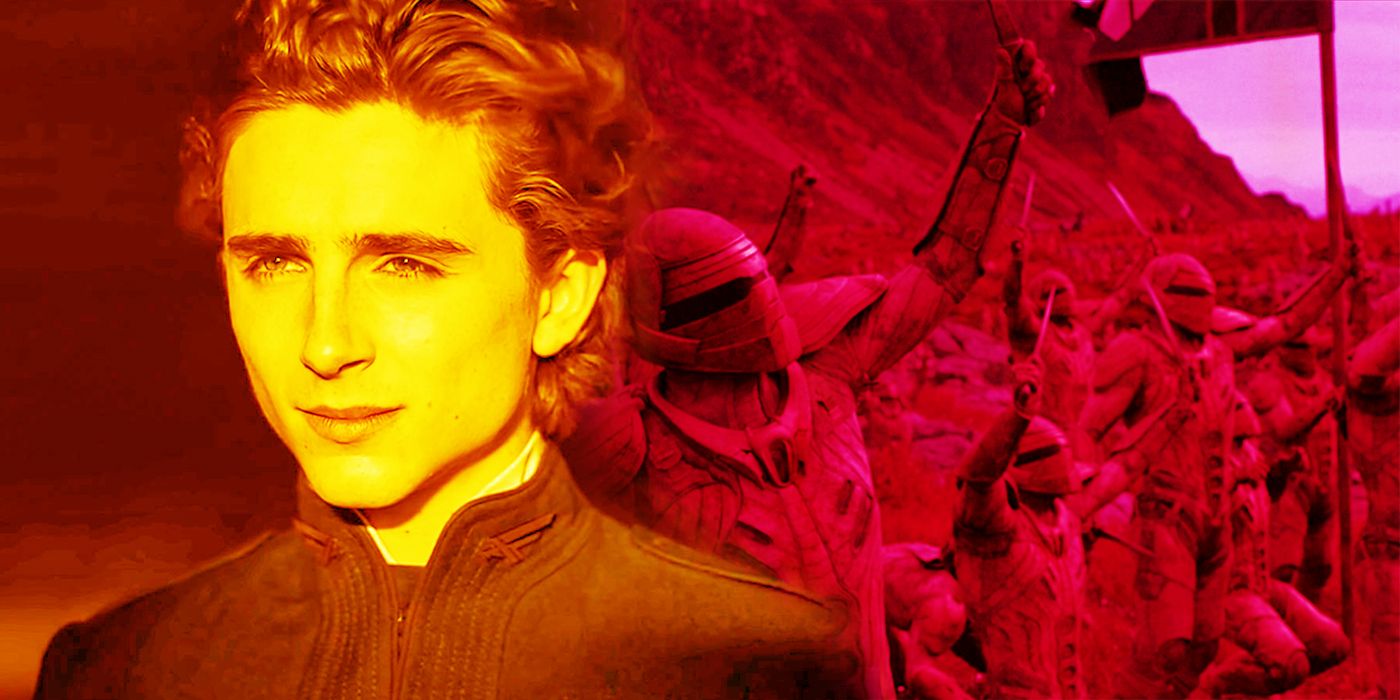
Why Dune 3 Is Even More Important Than Part 2
Dune 2 sees the rise of Emperor Paul Atreides. However, Dune 3 is where the repercussions of Paul’s messianic destiny are truly revealed.House Atreides Arrives On Arakis
10190-10191 A.G
10190 marks the moment when House Atreides leave their ancestral home on the planet Caladan and move to Arrakis – ostensibly to take over management of the spice from the Harkonnens. Unbeknownst to them, however, the move is a ploy from Baron Vladimir Harkonnen and the Padishah Emperor Shadam IV to destroy the Atreides once and for all. It is at this moment that Dune begins, telling the story of Duke Leto's son, Paul, and the ultimate ascension of House Atreides.
Dune: Part Two continues where the first movie ended with Paul now taken in by the Fremen people after surviving the slaughter of House Atreides. While living among the Fremen, they begin to see him as a messianic figure and he begins to lead them into a rebellion against House Harkonenn as well as Emperor Shadam for control of Arakis.
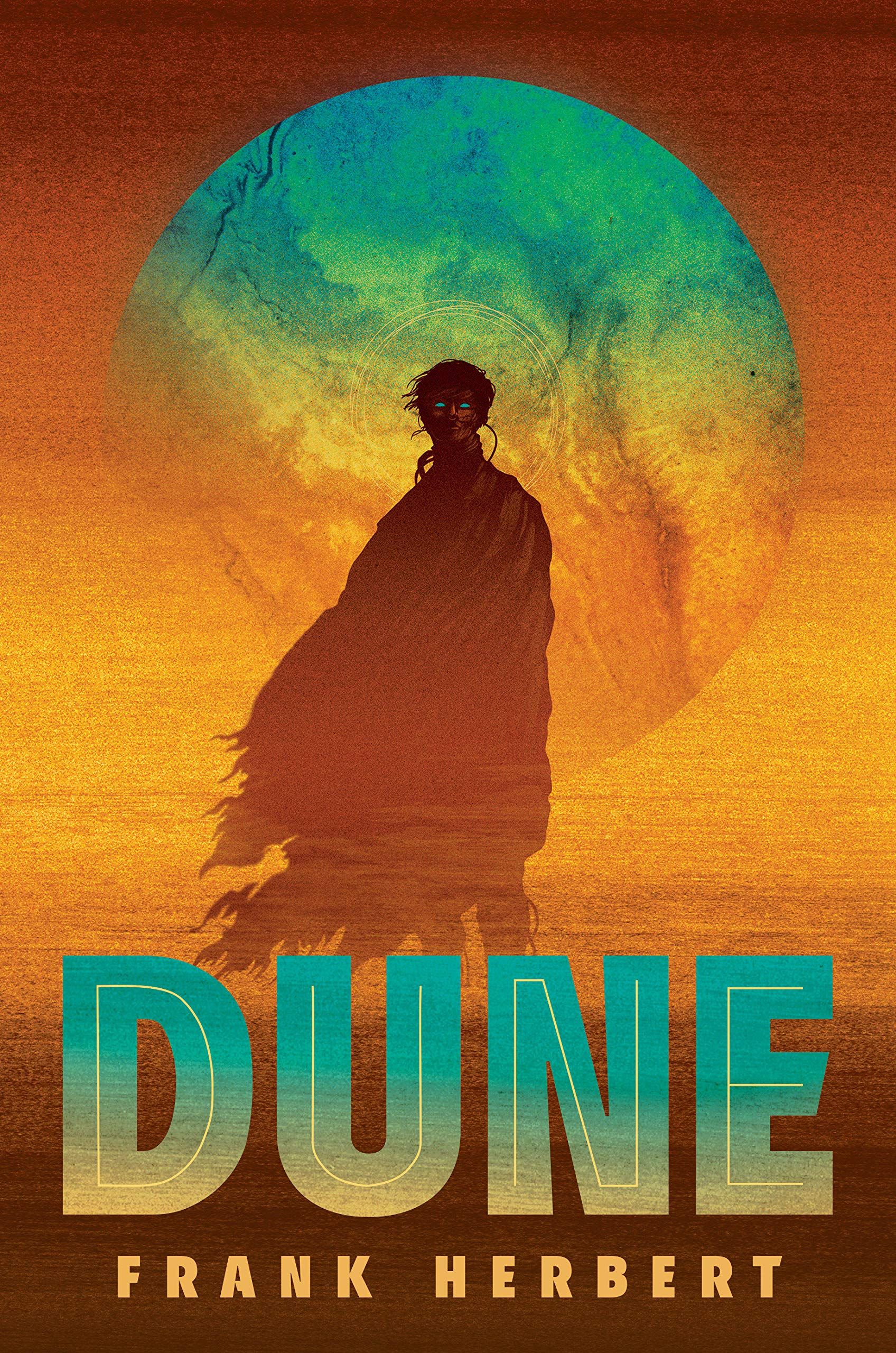
Dune
Dune is a sci-fi franchise created by Frank Herbert with the 1965 novel of the same name. In 1984, the first live-action adaptation was released from director David Lynch and starring Kyle MacLachlan. About 20 years later, a TV mini-series was released, followed by a new adaptation starring Timothée Chalamet.
- Created by
- Frank Herbert
- Cast
- Kyle MacLachlan , Timothee Chalamet , Zendaya , Austin Butler , Javier Bardem , Rebecca Ferguson , Oscar Isaac , Jason Momoa , Stellan Skarsgård , Josh Brolin , Dave Bautista
- First Film
- Dune (1984)


